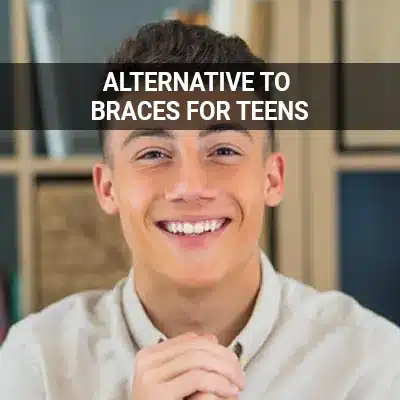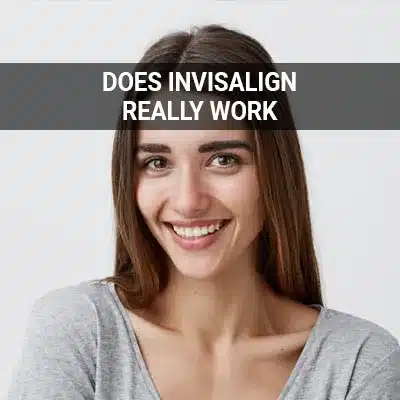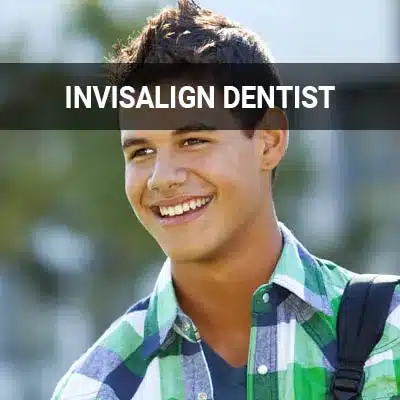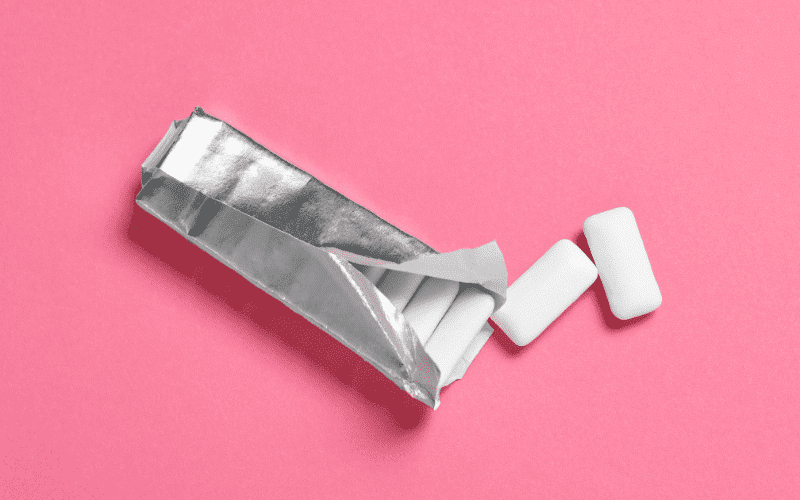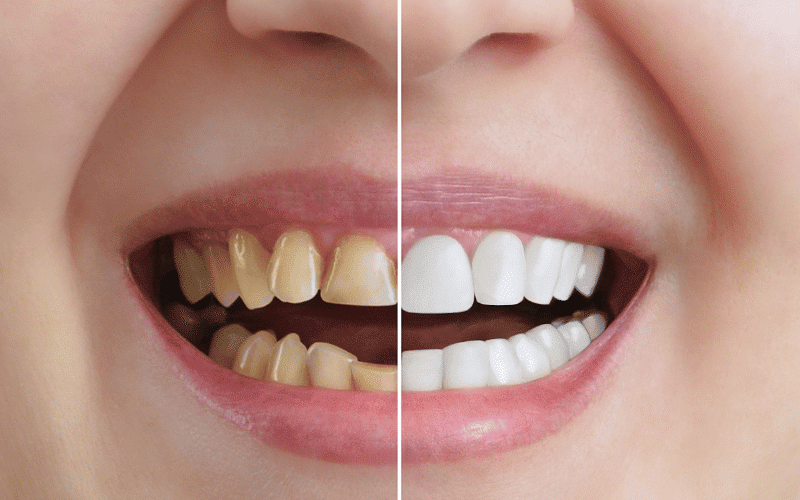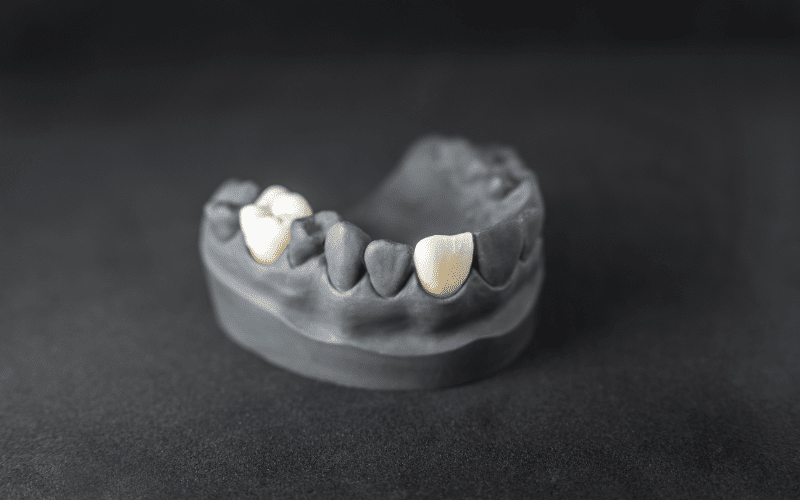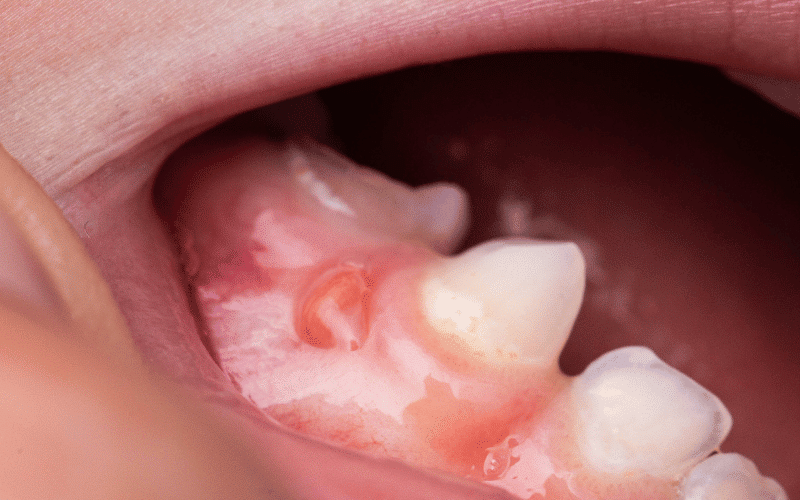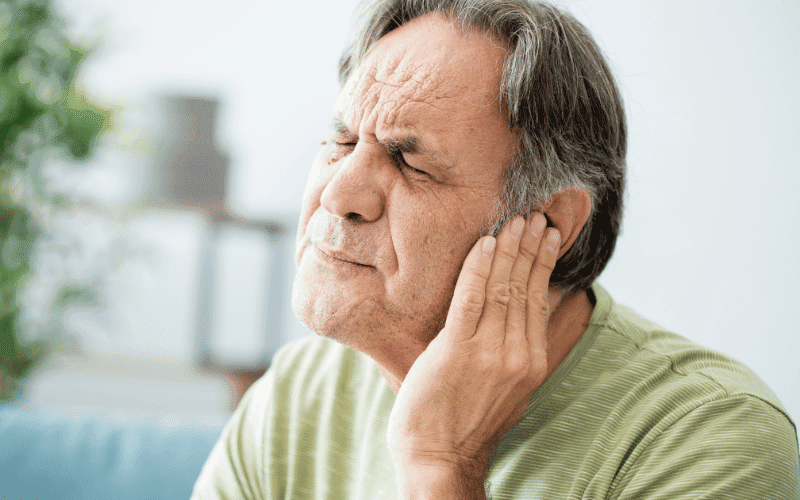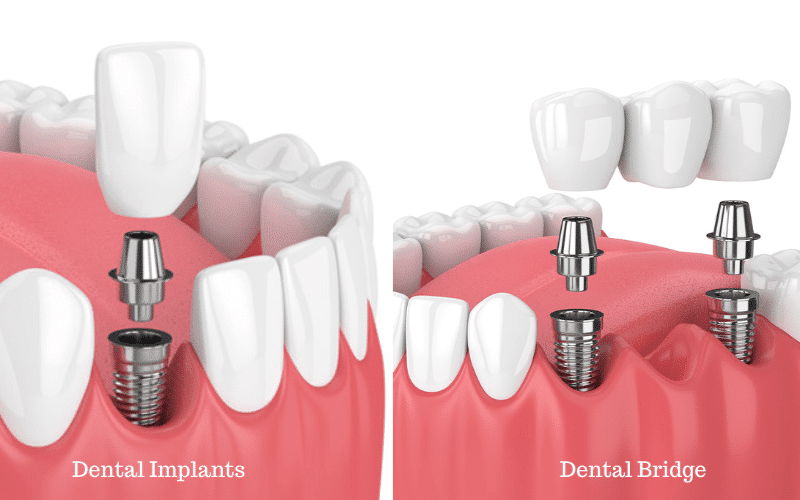
Which is Better Invisalign or Braces, Glendale AZ
When it comes to orthodontic treatments, many parents find themselves unsure of which option is the best choice for their child's health. Straight teeth do more than reveal a beautiful smile — they enhance the patient’s overall oral health. Straight teeth remain easier to clean (thus avoiding unwanted cavities). Orthodontic treatment options also correct bites, helping align the teeth and jaw. Two of the most popular options for straightening teeth include traditional metal braces and Invisalign.
While both traditional metal braces and Invisalign lead toward the same result, there are differences that can make treatment for a child’s teeth more challenging. The difference remains within the process of how each type of treatment straightens the teeth. Thus, the question is more about which treatment is best for my child’s teeth? While the answer varies per patient, it is a good idea to weigh the advantages and disadvantages of both before coming in for an evaluation.
Singh Smile Care - Dentist Glendale, AZ in Glendale AZ is here to help make the right decision for your child’s dental needs. Call us at (623) 400-6009 to schedule a consultation.
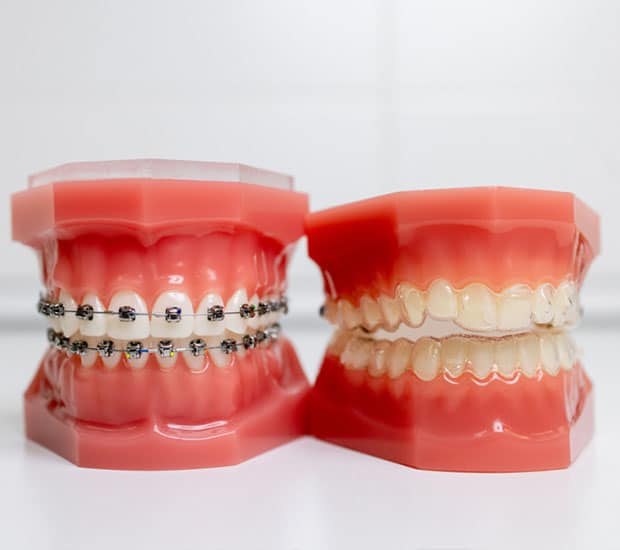
The Difference Between Metal Braces and Invisalign
Metal Braces
Invisalign
Invisalign offers a clear set of plastic aligners called "trays" customized to fit each patient’s mouth. Invisalign uses 3-D imagery of the patient’s teeth to configure and customize the trays to ensure the right fit. The smooth plastic used to create the trays remains BPA-free, providing comfortable wearing. They must be checked and replaced throughout the treatment for both teens and adults to align teeth into the proper position.
Invisalign aligners are removed while eating, drinking, and engaging in activities without interference or concerns about oral injury. Invisalign should be worn approximately 21-22 hours a day for 6-18 months, depending on the issue that needs correcting. Follow-up visits take place approximately every 6 to 8 weeks to change trays. Trays will need to be fitted and customized throughout the treatment as they keep the teeth moving at a gradual pace.
While metal braces and Invisalign provide the same end result, it is important to understand the differences and similarities between the two.
Effectiveness
The choice between braces and Invisalign depends largely on preference and the issue that needs correcting. The success rate of Invisalign depends on patient adherence — they must wear the trays to enjoy the benefits of a straighter smile. The trays should be worn for at least 22 hours a day for the treatment to be successful or go as desired.
Braces have also produced positive results in many individuals because of their durability and strength. Individuals with complex dental issues may require metal braces in order to align their teeth. For those with complex dental issues or worry about self-discipline in ensuring continued wear of the trays, metal braces may be a better option. With braces, patients can straighten their teeth without the worry of keeping track of the trays or cleaning them frequently.
The choice between braces and Invisalign depends largely on preference and the issue that needs correcting.
Invisalign for Specific Conditions
Invisalign can be helpful for those with mild to moderate dental issues. Treatable cases through Invisalign treatment include overbites, underbites, cross bites, gapped teeth, open bites, crowded teeth, and mixture of baby and permanent teeth. However, each case differs under each of these treatments, and some cases may be too complex to treat with Invisalign.
Complex dental issues requiring traditional metal braces include, but are not limited to, early, late, or irregular loss of baby teeth; delayed eruption of adult teeth; teeth that do not meet at all; missing or extra teeth; incorrect jaw positioning; jaw-clicking; jaw-joint disorder; and respiratory or eating issues. During the consultation appointment, an orthodontist is able to fully understand the patient’s case, in combination with other factors, and make a professional suggestion for the appropriate treatment type. In some cases, the patient may qualify for either treatment and be able to choose themselves.
Invisalign can be helpful for those with mild to moderate dental issues.
Preventing Teeth From Shifting
After removing traditional braces, most patients must wear a retainer at night to keep their teeth from shifting. If the retainer is not worn, teeth will likely move and require further treatment to straighten them again. Once braces are removed, the patient’s teeth must be kept aligned. Most patients require a positioner or retainer, typically worn overnight, to keep their teeth aligned after removing braces. With Invisalign, patients do not have to wear a retainer after treatment as teeth generally stay straight after the course of treatment.
However, Invisalign does require patient adherence as they are responsible for keeping them safe, clean, and in proper condition. Patients who do not adhere to the guidelines given to them may also experience shifting and undesired results by the end of treatment. If the patient misplaces or damages their Invisalign trays, they can be replaced but may delay treatment. Invisalign Teen comes with replacement aligners at no additional cost, as it remains common for teenagers to accidentally throw them away or misplace them once they remove them for eating or engaging in activities.
With Invisalign, patients do not have to wear a retainer after treatment as teeth generally stay straight after the course of treatment.
Questions Answered on This Page
Q. What are the differences between traditional braces and Invisalign?
Q. Are braces or Invisalign aligners more effective?
Q. What conditions can Invisalign treat?
Q. Which is more likely to revert after finishing treatment?
Q. What are the dietary restrictions with braces or Invisalign treatment?
People Also Ask
Dietary Restrictions
When wearing braces, patients must only eat foods that are "braces safe." Gum and hard foods, such as candies or nuts, are typically off-limits to prevent damage to the braces or injury to the teeth. Invisalign patients do not have dietary restrictions as they remove the aligners while eating and drinking. However, we do recommend patients eat healthy, nutritious food to keep their oral cavity clean during orthodontic treatment.
In order to care for both braces and Invisalign trays, we advise patients to practice enhanced oral hygiene habits. With braces, patients should brush their teeth at least twice daily and use a water flosser or floss designed for braces at least once daily. There are various other tools for patients with braces, especially those with more complicated issues. With Invisalign, patients should remove their aligners while brushing and flossing. The aligners themselves should also be thoroughly cleaned during oral hygiene care to keep them clean and free of food particles or debris.
Invisalign patients do not have dietary restrictions as they remove the aligners while eating and drinking.

